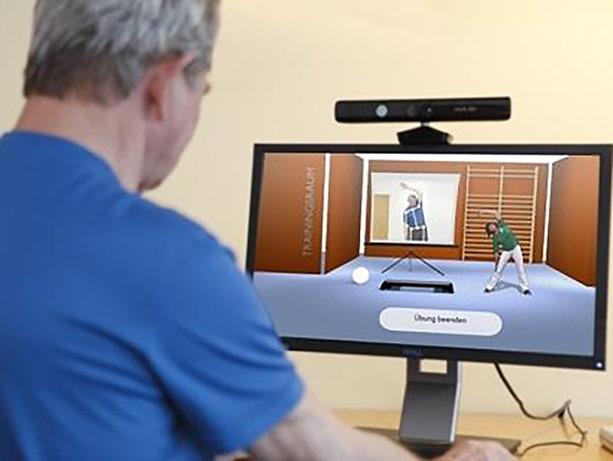
Seniors see assistive software's value to healthy aging
Artificial-intelligence and robotics designers should solicit ideas from elderly people, says study's lead researcher
Software designers of healthcare-assistive technologies have good reason to consult with older adults, suggests a study published today in the journal Assistive Technology.
Researchers explored attitudes of people in three age ranges (18-44, 45-64, 65+), and found broad agreement in groups’ perceptions of the value of robotic technologies that would do things like provide medical advice, take vital signs and assist with personal care.

“There’s a stereotype out there that older people aren’t as open to new technology,” said Amanda Hall, the lead researcher and an affiliate assistant professor of biomedical informatics and medical education at the University of Washington School of Medicine.
“Overall, younger people are more open to healthcare tasks being performed by robots, but I found it very interesting that, across 16 of 24 tasks, the sentiment for such technology was more similar than different between age groups,” said Hall, who also is a user researcher for Microsoft.
The number of older adults with chronic conditions is increasing rapidly. Those who live alone and who want to maintain independence might benefit from artificial-intelligence (AI) software and robots that assist with health-minded activities. Those scenarios would not replace human caregiver intervention but augment it, Hall clarified.
“Physical therapy is a good example. You go to your appointment and are given exercises to do at home. Would you be more motivated to do it with encouragement from AI software? The software could remind you what posture to keep when you do the exercise. It could track your progress and communicate it wirelessly to your caregiver ahead of your next PT visit.”
Hall said she sees ideas and products that could benefit older adults, but they are not built for that population because “many designers and engineers assume older adults won’t be open to using new technology.”
That predisposition could contribute to a digital-health divide and healthcare inequity, she added.
To speak with Amanda Hall, contact Brian Donohue at UW Medicine: 206.543.7856 or bdonohue@uw.edu.
For details about UW Medicine, please visit https://uwmedicine.org/about.
Tags:software